A car pipe joint is a component that connects two pipes in the car’s exhaust system. The exhaust system is responsible for removing the harmful gases produced during the combustion process from the engine and releasing them into the atmosphere. The car pipe joint is an essential part of the exhaust system and helps to maintain the integrity of the system.
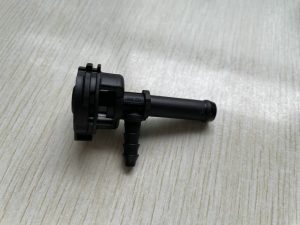
car pipe joint
The car pipe joint is typically made of metal, such as stainless steel or aluminum, and is designed to withstand high temperatures and corrosive exhaust gases. It is often a flange-type joint that consists of two flange plates and a gasket in between. The flange plates are bolted together to create a tight seal, and the gasket helps to prevent exhaust leaks. The car pipe joint is subject to wear and tear over time due to exposure to high temperatures and corrosive gases. If it becomes damaged or corroded, it can cause exhaust leaks, which can result in poor performance, increased emissions, and even damage to the engine. It is important to inspect the car pipe joint regularly and replace it if necessary to ensure the proper functioning of the car’s exhaust system.
The chemical properties of different fluid media vary, and the service life of sleeve joints with different materials varies under different fluid media conditions. So what types of automotive pipe joints are there? The types of automotive pipe joints mainly include welding type, clamp type, expansion type, and snap type.
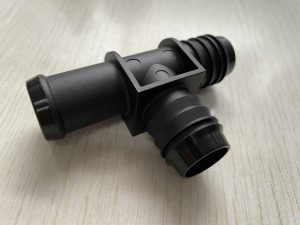
car pipe joint
Expansion type pipe joint:
Expansion type pipe joint is suitable for non-corrosive or corrosive media, such as oil, water, gas, etc. The specification of steel pipes is flexible. After welding with the pipeline, it has the characteristics of firm connection and good sealing performance. It is widely used in petroleum refining, chemical industry, light industry, textile, defense, metallurgy, aviation, ships, and other systems. It is also suitable for various hydraulic transmission pipelines such as mechanical engineering, machine tools, and equipment.
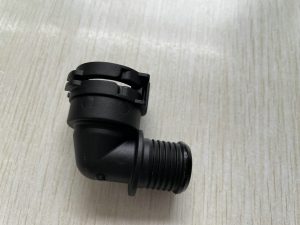
car pipe joint
Clamp type pipe joint:
The working principle of the clamp type pipe joint is to insert the steel pipe into the clamp, lock it with the clamp nut, press against the clamp, and seal it into the pipe. When connecting with a steel pipe, welding is not required, which is conducive to fire prevention, explosion prevention, and high-altitude operations, and can eliminate the disadvantages caused by welding accidents. Therefore, it is a high-level connector in the automatic control device pipeline of systems such as petroleum refining, chemical industry, oil, natural gas, food, pharmaceuticals, and instrumentation. It is suitable for pipeline connections of media such as oil, gas, and water. This invention has the characteristics of firm connection, high pressure resistance, high temperature resistance, good sealing and repeatability, easy installation and maintenance, and safe and reliable operation.
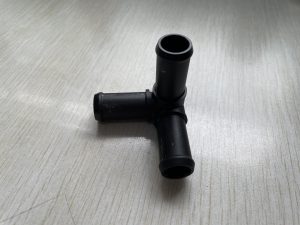
car pipe joints
Welded pipe joint:
Welded pipe joint is suitable for media: non-corrosive or corrosive media such as oil, water, gas, etc. For welding sealed pipe joints, the specification of steel pipes requires flexibility. After welding with the pipeline, it has the characteristics of firm connection and good sealing performance, so it is widely used in petroleum refining, chemical industry, light industry, textile, defense, metallurgy, aviation, ships, and other systems. It is also suitable for various hydraulic transmission pipelines such as mechanical engineering, machine tools, and equipment. When producing cardan couplings cannot meet the needs, it can be used in priority in strong corrosive situations.
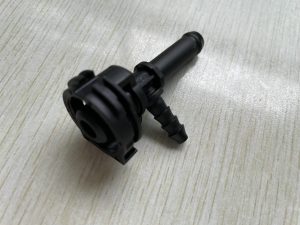
car pipe joints
Snap-type pipe joint:
Snap-type pipe joint is suitable for low pressure, large diameter, and corrosive media. It uses a special snap structure to connect two pipelines together, with the characteristics of simple connection, easy installation, and easy disassembly and maintenance. It is commonly used for connecting pipelines in industries such as sewage treatment, chemical, metallurgy, and papermaking.
In addition to the above types of automotive pipe joints, there are also other types such as flexible joints and rubber joints. These different types of pipe joints have different service lives and applicability under different fluid media and environmental conditions, and need to be selected and used according to specific situations.






